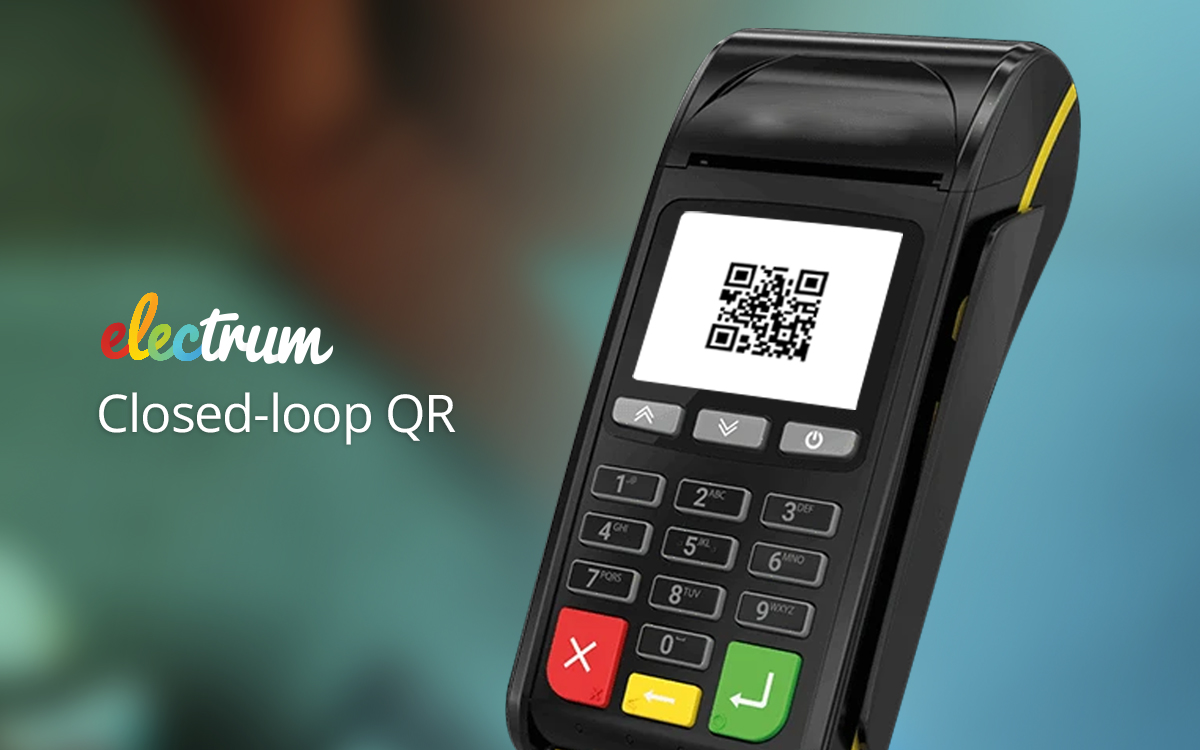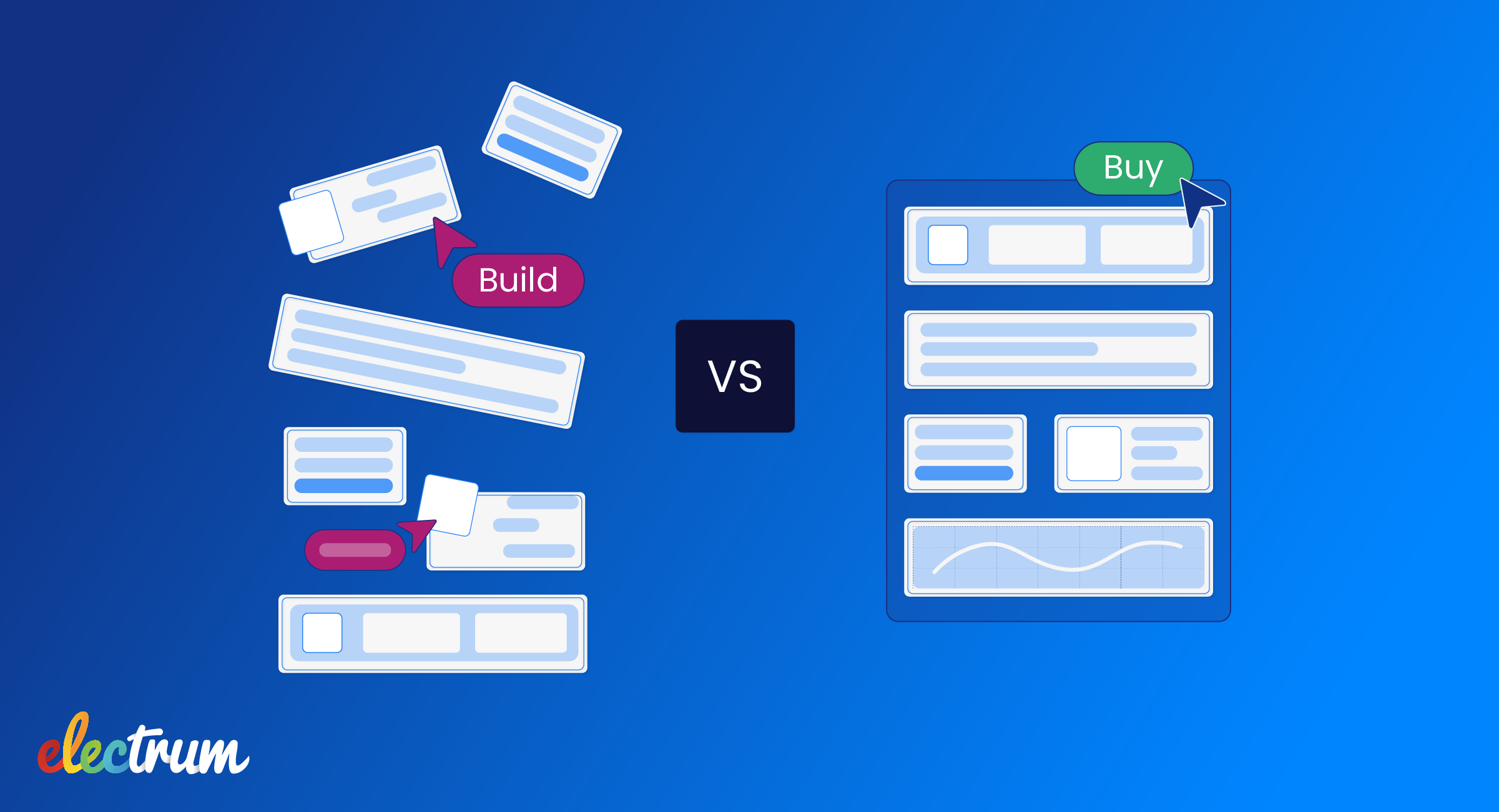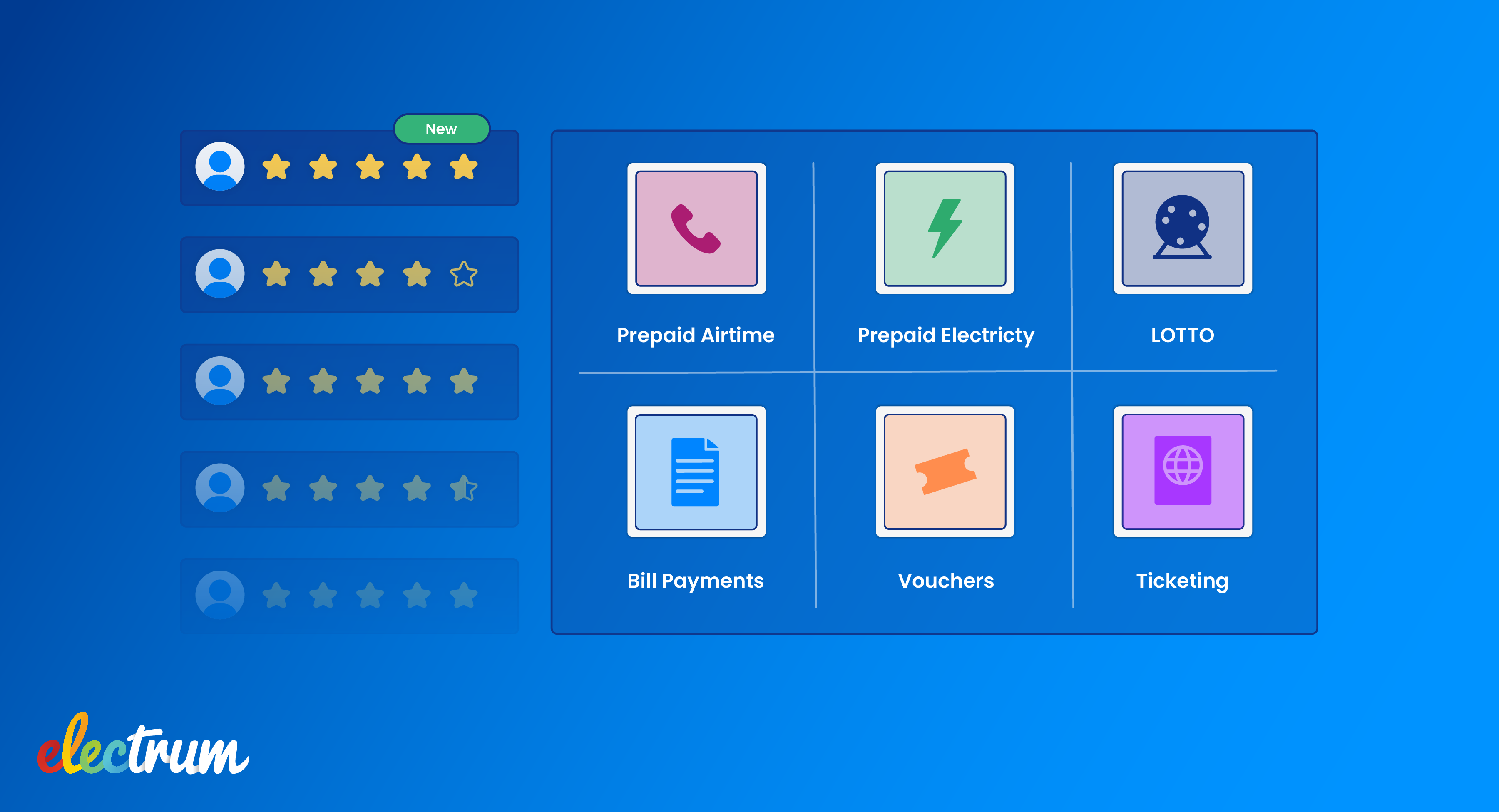
Businesses have been rolling out QR code capabilities primarily for reasons of hygiene and consumer safety. But there are extra business-related benefits to closed-loop QR systems for banks and retailers.
QR payments have been available for some time already, with mostly small and medium-sized businesses taking up the technology. We’ve also seen major retailers implement open-loop QR payment capabilities in response to the COVID-19 pandemic more recently. There are, however, significant business benefits that banks and retailers should take note of, especially when it comes to closed-loop payments on a single interoperable EMVCo QR standard.
What is ‘closed loop’?
Closed-loop payments integrate with digital accounts such as e-wallets, store accounts and loyalty accounts. Unlike open-loop systems, which are interoperable with the National Payment System (NPS) and are subject to interchange fees, closed-loop payments have the advantage of lower – and often negotiable – processing fees. An attractive customer proposition emerges for both retailers and banks when they add closed-loop digital accounts by leveraging the open-loop EMVCo QR-code standard.
Let’s take a closer look at each sector.
For retailers – new feet, new features
Pick n Pay and Shoprite are among the large retailers on the continent who recently implemented contactless QR payments to safeguard customer and staff health. However, closed-loop payments that are integrated into the EMVCo QR standard also have the potential to attract new feet into retail stores. These customers may use e-wallets linked to short-term credit and student grants, as well as redeemable loyalty points and other meaningful stores of value. Payments originating from these additional sources, through the closed-loop payment mechanism, attract lower fees than card transactions, allowing for improved margins.
The EMVCo QR code standard, used to facilitate these transactions, also offers shoppers a richer experience. Because the code can store multiple fields of information – in contrast to barcodes’ limited ability – a retailer’s own app could collect data like the value of the transaction, the identity of the buyer, the location of the purchase, repeat purchases and more. The retailers would then be able to react to customer behaviour with valuable, personal communication, like targeted specials on favourite items, or even birthday discounts.
For banks – differentiated offerings, happy merchants
In an environment with small margins and little room to compete on price, banks’ acquiring divisions have a hard time differentiating their offerings when signing up merchants. An interoperable EMVCo QR code on the merchant’s POS that provides access to open- and closed-loop digital accounts through the customer’s banking app can offer extra value to merchants by enhancing the digital experience for end users and providing more payment options.
In this way, smaller merchants are able to offer their customers more payment options than their competitors, using a platform that allows for smooth, contactless transacting. What’s more, these transactions attract lower fees for the merchant. That means happy merchants and happy customers – and happy banks, who no longer have to compete on price.
For now, for the future
While businesses have reacted quickly to the current need for contactless transactions, closed loop payments embedded into the EMVCo QR standard are sure to be desirable alongside open loop card payments in the future. There’s a general trend towards digital and mobile payments, with smartphone penetration starting to break the 80% level, so a migration from physical cards to apps is to be expected. Banks and retailers won’t be burdened with issuing and distributing physical cards, and will be able to offer their customers a more useful, differentiated experience.
Finally, in a post-lockdown economy, many more people will be looking to protect their cash flow and will begin relying on other stores of value, whether store accounts, lines of credit, grants or loyalty points, when shopping. Banks and retailers will be better placed to respond to their customers’ needs with systems that allow them choices in how they transact, that increase customer loyalty, and ultimately keep the economy turning.
If you’d like to talk about how implementing a closed-loop QR system could help your business, please get in touch.
Electrum Software
Electrum is the next-generation payments software company, powering payments for banks and retailers. Since 2012, we have established ourselves as a respected software partner through our deep expertise and track record in delivering trusted cloud-native payments solutions.
Electrum Newsletter
Quarterly insights and news to help you keep up with the latest changes in the payments landscape







